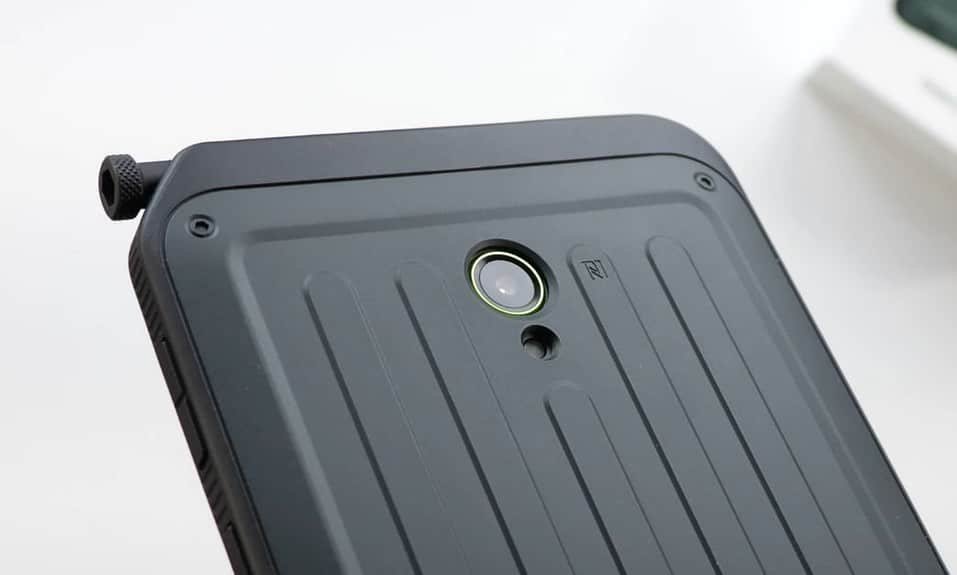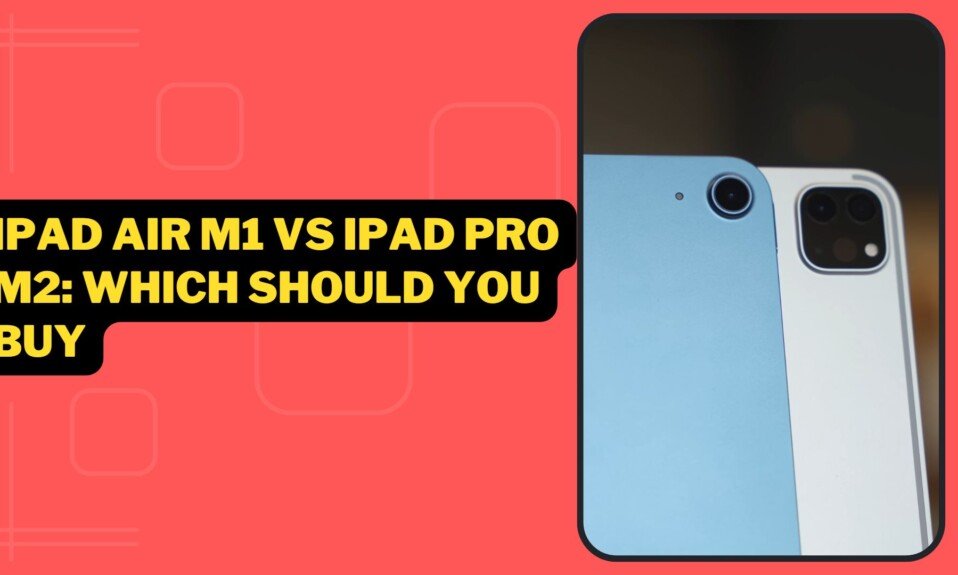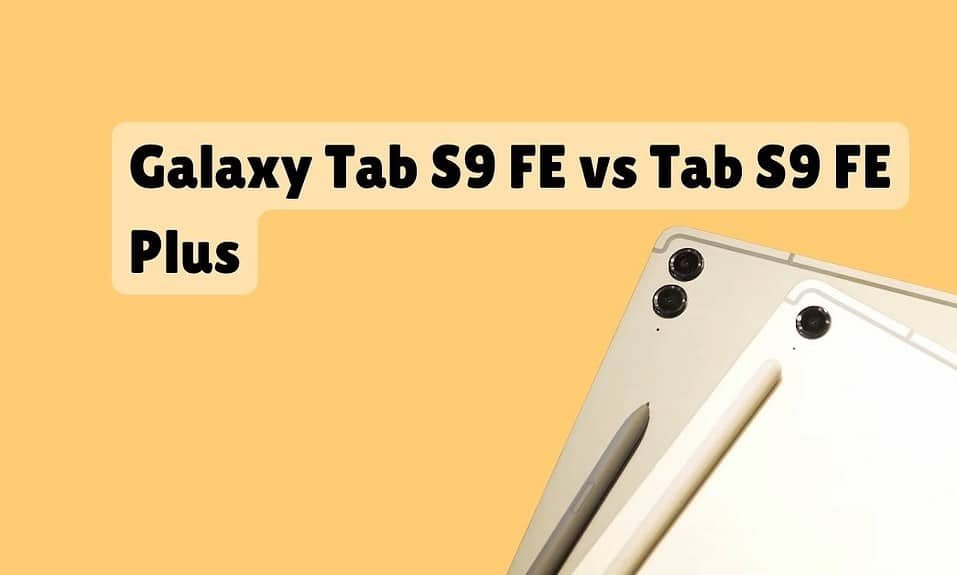Apple released the iPad (10th Gen), which comes with several notable changes compared to its predecessor, the iPad (9th Gen). In this article, we will explore the differences between these two tablets and help you decide whether it’s worth upgrading to the newer model.
We will analyze various aspects, including design, display, performance, accessories, and pricing, to help you make an informed decision.
By examining these aspects, we can determine which device might be the better choice for consumers.
| iPad (10th Gen) | iPad (9th Gen) | |
|---|---|---|
| Released | October 18, 2022 | September 14, 2021 |
| Dimensions | 248.6 x 179.5 x 7mm | 250.6 x 174.1 x 7.5mm |
| Display | 10.9-inch Liquid Retina | 10.2-inch Retina |
| Resolution | 2360 × 1640 | 2160 × 1620 |
| Colors | Silver, Pink, Blue, Yellow | Silver, Space Grey |
| Processor | A14 Bionic | A13 Bionic |
| Storage | 64/256GB | 64GB/256GB |
| OS | iPadOS 16 | iPadOS |
| Rear camera | 12MP f/1.8 | 8MP |
| Front camera | 12MP f/2.4 front landscape | 12MP f/2.4 front |
| Wi-Fi | Wi-Fi 6 | Wi-Fi 5 |
| Bluetooth | 6 | 4.2 |
| LTE | 5G | Gigabit-class |
| GPS | Yes | Yes |
| Ports | USB-C | Lightning, 3.5mm jack |
| Biometrics | Touch ID | Touch ID |
| Weight | 477g | 487g |
| Battery | Up to 10 hours | Up to 10 hours |
Design
The iPad (10th Gen) features a redesigned look with a full-screen design, slim bezels, and the removal of the traditional home button, while the iPad (9th Gen) retains the old legacy look.
This modern design, reminiscent of the iPad Pro, offers a more immersive visual experience. However, it’s important to note that the screen size remains the same at 10.9 inches for both models. The iPad (10th Gen) also lacks a laminated screen, which can result in a noticeable gap between the display and the glass.
Speakers
The former offers a quad-speaker setup, although it actually has two speakers, providing a more practical and better audio experience. The iPad (9th Gen) has side-by-side speakers, can easily covered when holding the tablet.
Display
The iPad (10th Gen) boasts a Liquid Retina display, measuring 10.9 inches and offering a better screen-to-body ratio compared to the 10.2-inch IPS Retina display on the iPad (9th Gen).
Both displays have similar picture quality and sharpness, with slight differences in PPI (pixels per inch). However, the iPad (10th Gen) appears to be slightly brighter, making it more appealing for users who prioritize screen brightness.
Storage Options
Both models comes with storage option of 64GB which goes upto 256GB for additional storage.
In terms of storage, they offer similar choices, ensuring users have enough space for their files, apps, and media.
Biometric Authentication
Both iPads feature Touch ID for secure unlocking, but their placement differs.
The iPad (9th Gen) has Touch ID on the front bottom bezel, while the iPad (10th Gen) incorporates it into the edge, similar to the iPad Air and iPad Pro models.
The edge placement of Touch ID on the iPad (10th Gen) offers a more modern and convenient unlocking experience.
Camera
While both iPads have a 12-megapixel front-facing camera, the rear-facing cameras differ.
The iPad (10th Gen) has a slightly better rear camera with a higher resolution (12 megapixels) compared to the iPad (9th Gen) (8 megapixels).
However, it’s worth noting that neither tablet is primarily designed for photography.
Performance
The iPad (10th Gen) is powered by the more advanced A14 Bionic chip, while the iPad (9th Gen) features the A13 Bionic chip.
Although the A14 chip offers improved performance, including enhanced CPU and GPU capabilities, the A13 chip in the iPad (9th Gen) is still capable of handling most tasks with ease. Both tablets provide a smooth and efficient user experience.
The iPad (10th Gen) also offers an additional gigabyte of RAM (4GB) compared to the iPad (9th Gen) (3GB).
These improvements result in faster and more efficient performance, particularly when dealing with resource-intensive tasks such as video editing and gaming.
Battery Life
Although the iPad (10th Gen) is reported to have a better battery life than the iPad (9th Gen), it is important to consider that the latter has been available for a longer period.
Battery performance can vary depending on usage patterns, but overall, the iPad (10th Gen) is expected to offer longer battery life.
Connectivity
The iPad (9th Gen) features a Lightning port, while the iPad (10th Gen) adopts the USB Type-C port.
The USB Type-C port ensures compatibility and standardization across Apple’s tablet lineup, making it more convenient for users who already own other USB Type-C devices.
Apple Pencil Compatibility
Both iPads are compatible with the first-generation Apple Pencil. However, the iPad (10th Gen) lacks a Lightning port, requiring an additional adapter for charging or connecting the Apple Pencil. This might be a minor inconvenience for some users.
Magic Keyboard
The most significant change in terms of accessories is the inclusion of the Magic Keyboard with a trackpad, allowing the iPad (10th Gen) to function as a mini-computer.
However, the iPad (10th Gen) does not support the second-generation Apple Pencil out of the box, requiring an additional adapter for compatibility.
Price
Pricing is an essential factor when considering whether to upgrade. The iPad (10th Gen) starts at $360 for the base 64GB model, which is $130 more expensive than the iPad (9th Gen) with the same storage capacity.
If you opt for the 256GB variant, the iPad (10th Gen) costs $500, the same price as an iPad Air, while the iPad (9th Gen) offers 256GB for $358, making it a more cost-effective option.
| Model | iPad 10 | iPad 9 |
|---|---|---|
| 64GB Wi-Fi | $360 | $230 |
| 64GB Wi-Fi+ Cellular | $599 | $459 |
| 256GB Wi-Fi | $500 | $358 |
| 256GB Wi-Fi+ Cellular | $749 | $609 |
Differences
Here are the key differences between the Apple iPad 10th Gen and iPad 9th Gen:
Design:
The iPad 10th Gen has rounded edges and reduced bezels compared to the iPad 9th Gen.
The iPad 10th Gen removes the Touch ID button and replaces it with Face ID, similar to the iPad Air and iPad Pro.
Audio:
The iPad 10th Gen features stereo speakers, whereas the iPad 9th Gen only has a single bottom speaker.
Screen:
The iPad 10th Gen has a slightly larger screen, providing more space for drawing and consuming multimedia.
Both iPads have similar resolutions, pixel density, and color reproduction.
Apple Pencil Compatibility:
The iPad 10th Gen is compatible with the 2nd generation Apple Pencil, while the iPad 9th Gen is not compatible with any Apple Pencil.
Alternative pencils can be used with both iPads, but compatibility should be checked.
USB Type-C:
The iPad 10th Gen includes a USB Type-C port, which provides more convenience when connecting to a computer.
The iPad 9th Gen does not have a USB Type-C port.
Storage:
The iPad 9th Gen comes with a lower starting storage option (64 GB), which may be insufficient for heavy gaming or storing large files.
Updates:
Both iPads receive software updates for approximately seven years from their launch dates.
Overall, the iPad 10th Gen offers a more modern design, stereo speakers, USB Type-C, and Apple Pencil compatibility, making it a more feature-rich option. However, the iPad 9th Gen may be a suitable choice for those on a budget or with less demanding needs.
Pros and Cons
Apple iPad (10th Gen)
Pros:
- Modern design with full-screen display
- More advanced A14 Bionic chip for improved performance
- USB Type-C connectivity for universal charging
- Compatibility with Magic Keyboard for enhanced productivity
- Better rear camera resolution (12 MP)
Cons:
- Higher price compared to iPad (9th Gen)
- No support for second-generation Apple Pencil without an adapter
- Screen not laminated, resulting in a visible gap
- Similar screen size (10.9 inches) as iPad (9th Gen)
- A13 Bionic chip in iPad (9th Gen) still offers good performance
iPad (9th Gen)
Pros:
- Lower price compared to iPad (10th Gen)
- Support for second-generation Apple Pencil without an adapter
- Laminated screen for a seamless viewing experience
- Decent performance with A13 Bionic chip
- Familiar design and form factor
Cons:
- Older design with bezels and home button
- Less powerful A13 Bionic chip compared to iPad (10th Gen)
- Uses Lightning port instead of USB Type-C
- Rear camera resolution is lower (8 MP)
- Limited storage options compared to iPad (10th Gen)
Conclusion!
When comparing the Apple iPad (10th Gen) and the iPad (9th Gen), it is essential to consider individual preferences, budget constraints, and required performance.
The iPad (10th Gen) offers a new design, improved performance, USB Type-C connectivity, and compatibility with the Magic Keyboard.
However, the iPad (9th Gen) still delivers good performance, a decent screen, and the convenience of using the first-generation Apple Pencil without the need for an additional adapter.
Additionally, the price difference between the two models should not be overlooked.
If you prioritize the latest design and advanced features and are willing to invest in accessories like the Magic Keyboard, the iPad (10th Gen) might be the right choice for you. However, if you have budget constraints or can live without the design changes and certain features, the iPad (9th Gen) offers good value for your money.




